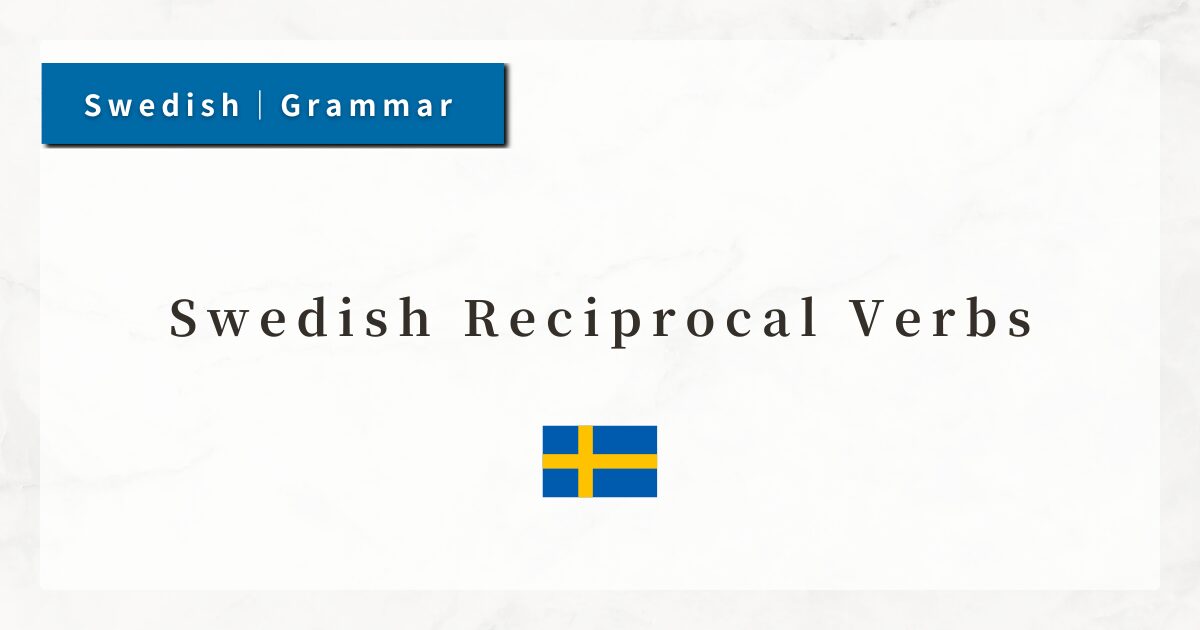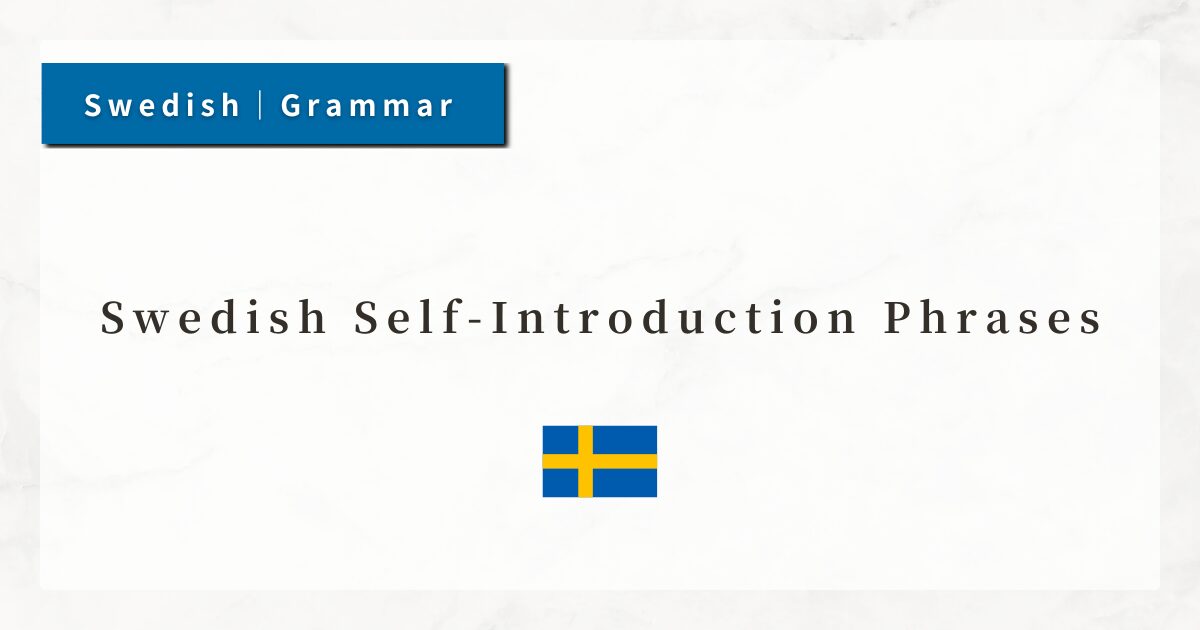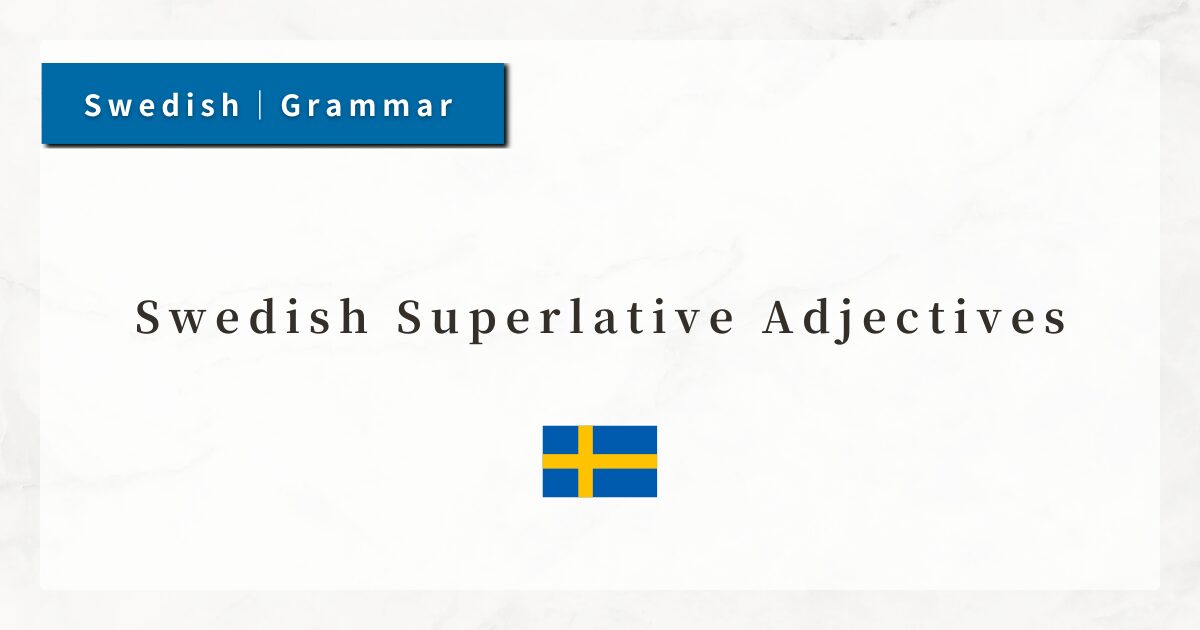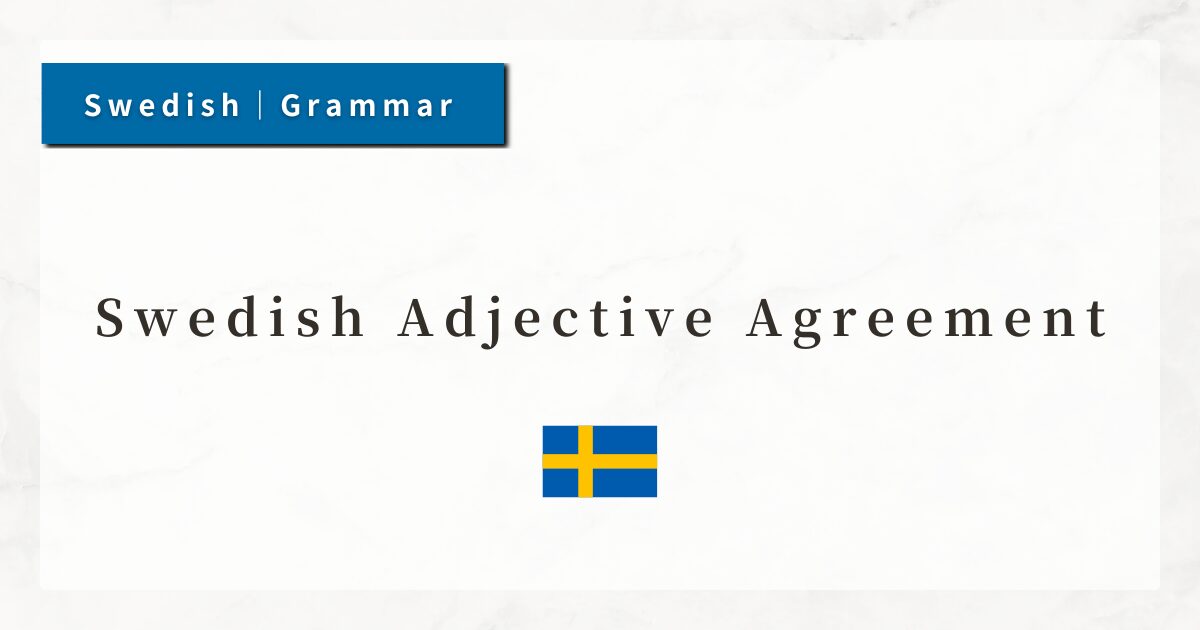#53 Swedish Reciprocal Verbs|Types and Usage Guide

In Swedish, there is a special category of verbs known as reciprocal verbs. These verbs express the meaning of “doing something to each other,” indicating that the action is mutual when the subject is plural.
For example, expressions such as “meet” or “get married” in Japanese are often expressed as reciprocal verbs in Swedish.
In this lesson, I will explain the structure and grammatical features of Swedish reciprocal verbs.
1. What Are Reciprocal Verbs?
A reciprocal verb in Swedish expresses the meaning “to do something to each other.” Reciprocal verbs are formed by adding -s to the end of the verb.
It is important to note that, although the form looks identical to the -s passive, the meaning is completely different.
In reciprocal verbs, the nuance is that the action is mutual, shared among the subjects.
- träffas → to meet (to meet each other)
- ses → to see each other (→ to meet)
- kramas → to hug each other
Thus, reciprocal verbs always presuppose an interaction between two or more subjects.
2. Common Reciprocal Verbs
Here are some frequently used reciprocal verbs:
- Vi träffas varje vecka.
(We meet every week.) - Vi ses imorgon!
(See you tomorrow!) - Vi hörs senare.
(We’ll talk later.) - De kramades när de sågs.
(They hugged when they met.) - Vi måste skiljas här.
(We have to part here.)
3. Grammatical Features of Reciprocal Verbs
3-1. The Subject Must Be Plural
Since reciprocal verbs inherently mean “acting on each other,” the subject is normally plural.
A singular subject does not make sense with this form.
- Vi träffas imorgon.
(We will meet tomorrow.)
3-2. Conjugated Like Normal Verbs
Reciprocal verbs follow the same conjugation rules as other verbs, whether in the present, past, or future tense.
- Vi ses idag. (Present: We are meeting today.)
- Vi sågs igår. (Past: We met yesterday.)
- Vi kommer att ses imorgon. (Future: We will meet tomorrow.)
3-3. No Object Required
Because the reciprocal meaning (“each other”) is built into the verb itself, reciprocal verbs do not require a direct object.
- Vi kramas.
(We hug each other.) - De hörs ofta.
(They are often in touch. / They often talk to each other.)
4. Difference Between Reciprocal and Reflexive Verbs
Reciprocal verbs are sometimes confused with reflexive verbs.
- Reflexive verbs (with sig)
→ the subject acts on itself. - Reciprocal verbs (-s form)
→ the subjects act on each other.
In short: reflexive verbs express an action directed at oneself, while reciprocal verbs express an action shared between subjects.
5. Summary
- Reciprocal verbs express “doing something to each other” and are formed with “verb + -s.”
- The subject must be plural (vi, de, du och jag, etc.).
- They conjugate according to normal verb rules.
- They do not require an object, since the reciprocal meaning is inherent.
- Do not confuse reciprocal verbs (mutual action) with reflexive verbs (action directed at oneself).




